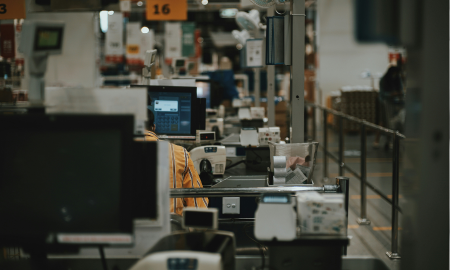Preparing for the Future of Workplace Safety in an Age of Automation

Automation is quickly transforming the way work gets done, creating faster, smarter, and more efficient operations across almost every industry. Machines are now handling repetitive and high-risk tasks, freeing up time for employees to focus on higher-level activities. Yet as workplaces become more automated, the importance of keeping them safe grows even stronger.
The future of workplace safety depends on finding new ways to protect employees while embracing the advantages of advanced technology. By combining these smart systems with thoughtful safety design, businesses can create workplace environments that are both productive and secure.
Understanding safety in automated environments
Automation brings efficiency, but it also changes risks on the factory floor. Machines that operate independently can pose different kinds of hazards compared to manual work, and that’s why safety strategies need to grow alongside technology.
Modern safety systems are designed to monitor operations, stop machinery during irregular activity, and protect both equipment and operators. A well-planned setup keeps the workplace running smoothly while making sure everyone stays safe.
Integrating safety systems into automation
Safety doesn’t have to come at the expense of efficiency. The best automated systems are those that weave protection into every stage of the process. This makes safety a part of the design rather than something added in later.
A key consideration in this kind of setup is the safety relay, which acts as the link between detection devices and the control system. It helps machinery respond immediately to potential risks by cutting power or triggering emergency stops when needed. This fast reaction reduces potential downtime and prevents accidents before they have a chance to happen.
Building a culture that values protection
Even the most advanced systems need human understanding behind them to function safely and effectively. Creating a safety-minded culture means helping everyone see why their awareness and actions matter. It’s about making sure every employee feels responsible for the well-being of their team and workplace.
Regular training and communication can make a big difference. When employees know how automation interacts with safety features, they become more confident and capable of responding to any unusual situation.
Using data for smarter safety planning
Automation opens up new possibilities for collecting and analysing data. Machines can now monitor performance in real time, giving valuable insights into patterns and potential risks. This information can help managers take preventive action instead of reacting after something goes wrong.
Predictive maintenance and intelligent sensors are becoming important tools for protecting employees. By identifying potential problems early, companies can fix small issues before they lead to bigger risks or malfunctions.
Adapting policies for the future
As technology continues to change, safety policies need to evolve too. Regular reviews, updates, and audits help keep them relevant. A forward-thinking approach recognises that automation isn’t just a one-time change but an ongoing process that requires attention and care.
By staying adaptable and open to new safety innovations, businesses can maintain their productivity while keeping their teams safe and supported.
The future of workplace safety relies on combining human awareness with intelligent technology. By embedding safety systems into automated environments and supporting them with data-driven insights, companies can create workplaces that are safer, more efficient, and ready for whatever comes next.
Image source: cestsibon via Unsplash






